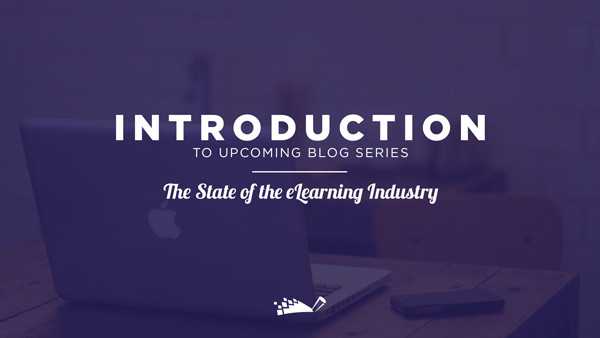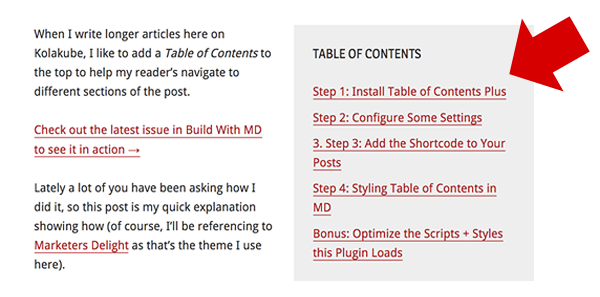Why and How to Write an Effective Blog Post Series
There’s more to wonderful world of blogging than just writing articles. A blog series is one way to up your game. Here is an all-inclusive guide to the benefits of and instructions for writing an effective blog post series.
What are the Benefits of a Series in Blogging?
There are immense benefits to posting more than a single article on a given topic. Here are some of them:
- Provides great SEO value, establishing strong keyword association within your website.
- Aids in establishing website authority on the topic at hand.
- Gives the opportunity to strategically create more site content.
- Carries the potential to become a site’s most attractive set of content and generate income.
- Ties blog content together in a calculated manner.
- Delivers anticipation to readers as they await new content.
- Creates an increase in traffic as visitors click through sequential posts.
So, as website visitors come to find your series posts, each article carries with it more power than a single article on a given topic. Readers are more likely to share and search engines are more likely to give credit to your content. Blog post series are like immediate amplification of targeted keywords, viral potential, and lead generation/conversions.
7 Steps for Creating a Stellar Blog Post Series:
From start to finish, here’s how you can create a valuable, engaging blog post series for your own site:
Step 1: Brainstorm and Outline Your Posts – All writing requires a planning phase, and blog post series are no different. Think of them as a mini book for your readers and take the time to plan exactly what you want to write. Well thought out strategies will provide you with the greatest rewards.
Your outline should include keywords to target as well as topics to cover. Each post should be unique, valuable, and high in quality. From the time you start planning, have your target reader in mind. Ask yourself what will provide the most value to those whom you want to engage with your writing.

At this level of planning, writing an engaging title is a good idea. You can keep it short and catchy or use something that holds SEO value with a keyword of your choosing. When you choose a title you should consider your audience and your projected outreach strategy.
You might also want to consider setting a successful content strategy.
Step 2: Create a Table of Contents – In the example below, the reader is describing how to create a table of contents for a single post. With your series, you can include a table of contents on each page of your series to link to the rest of the posts in the series. You can use a plugin or create a code for your table of contents manually.

If the table of contents is something that you choose to place into more than one page of your series, which is recommended, you can make changes easier by having an embedded table of contents rather than just pasting text with hyperlinks into the body of your article. Including the list of posts in a sidebar unique to this series is another option, depending on your website’s theme.
Step 3: Consider Various Media for Communication – When you’re writing a series, text isn’t your only friend. As with all internet content, videos, infographics, photos, and diagrams can help you tell your story. So, don’t limit yourself to articles unless you’re sure they are the best method of delivering the information you want to share. Integrate multiple delivery platforms or stick with one, but consider all of your options.
Step 4: Write All Draft Posts – The magic will surely happen in the final editing phase, which doesn’t come until later, but before you schedule your posts, ensure that all of the meat of your topic is ready to serve. Create all of your draft posts and take a look at them as a family of articles. Ensure that your posts flow together nicely and that they will be published in the correct order.
Step 5: Set a Strategic Publishing Schedule – Once you know what you’re going to post, decide when you are going to post it. Do you want a new post each day, each week, monthly? Should you post on Wednesdays at 2:00 for the most traffic? Questions like these will help you come up with the perfect schedule for your posts.
Step 6: Set Marketing Goals and Come up with an Outreach Strategy – Once your posts go live, how will your readers see them? Will you be sharing via email, social media, backlinking? Do you want organic or paid traffic? Coming up with an executable strategy to help you reach measurable goals is the only way to gauge blog post series success.
Step 7: Edit and Publish – Now that the picture of how your blog series is going to be executed is clear, it’s time to make the final edits to all of your posts. You can either make them yourself or outsource the job to a content marketer or copywriter. Either way, the editing phase is intended to highlight the best parts of your articles and other media as well as take out anything redundant or boring. Once you’re done, you can schedule your posts and worry about executing the outreach and keep up the conversation with your readers that is about to happen.
You might also want to read: “Actions you need to take after publishing a post“.
Bonus: What Happens When a Blog Post Series Loses Its Value?
Your blog post series may not always provide the value it had in the beginning. Times change and new information becomes available every day, making some information obsolete. If this happens to your blog post series, it doesn’t have to die.
You can take advantage of the fact that your blog post series has lost its informational value by keeping it alive and turning it into an asset to your website. Take all of your content, update it to ensure that it is relevant, and turn it into an ebook. Then, on the post pages, advertise your ebook as updated or revised information on the topic. You can then give readers the opportunity to sign up for your mailing list to receive a free copy, purchase the ebook, or something else.
Once the pages of a blog post series are established in the search engines, you don’t necessarily have to just let them go once their days are over. They are still valuable to your website if you can transform them to appeal to your readers in a relevant way.
On the same note, here are Secrets to Evergreen Writing.
In Conclusion
A blog post series provides a set of benefits to your website that a single post alone can’t accomplish. Included here are step by step instructions how to carry out the execution of an effective blog series and ideas for what you can do once your series has lost its relevance. It’s time for you to start planning. Use this post as a guide and begin today.
Reference
- Image sourced from: http://www.digitalchalk.com/blog/introduction-to-upcoming-blog-series on March 20, 2016.
- Image sourced from: https://kolakube.com/table-of-contents/ on March 20, 2016.
- Image sourced from: https://www.yaegercpareview.com/CPA-Video-Library on March 20, 2016.
